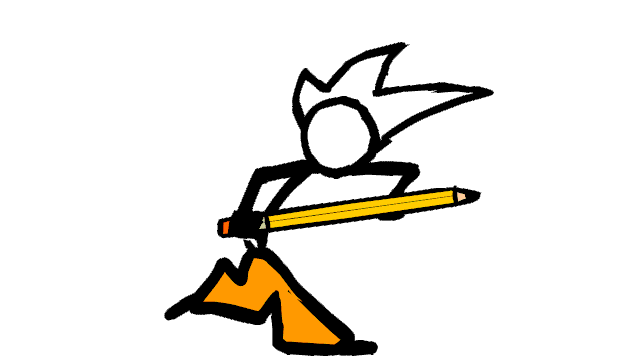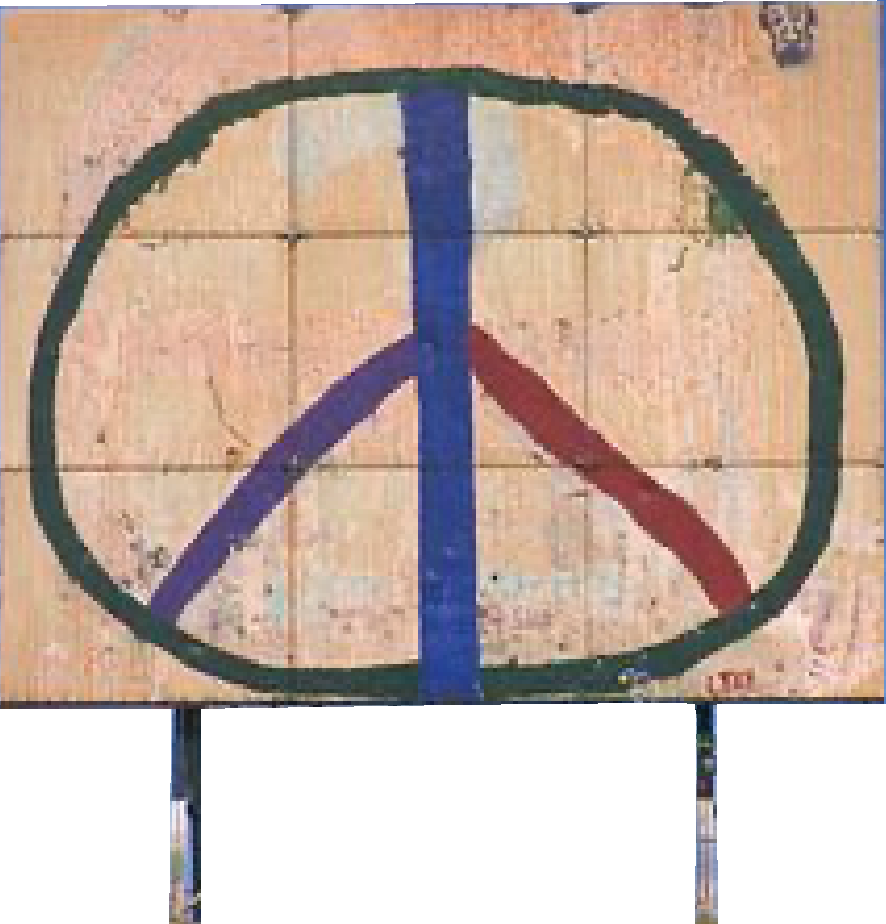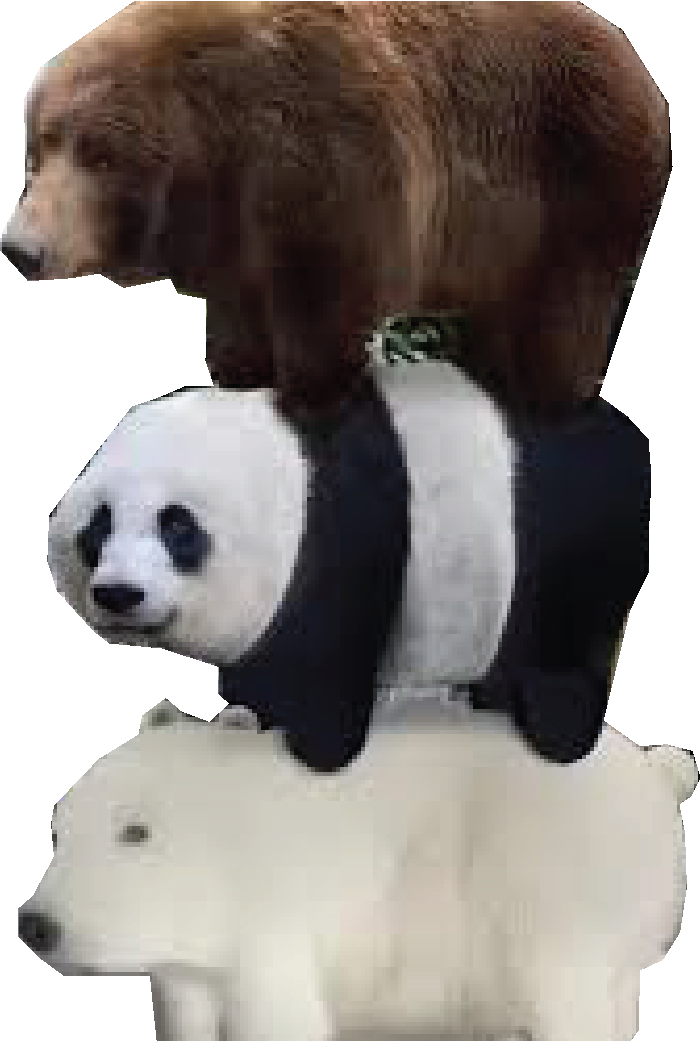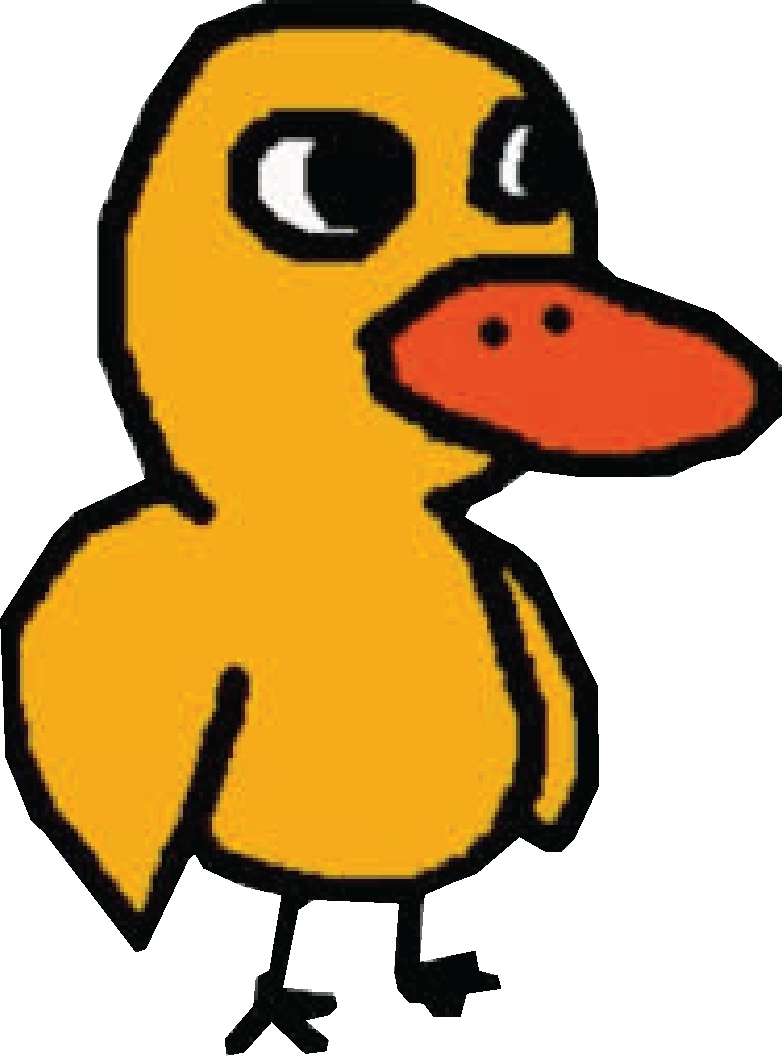

finnter.net


Huckleberry Finnley's Treasure State(ment):
welcome to my digital garden (city)—
please, stay a while and smell the simulacra, it's pretty!
I do it all for the patternpilled texxturemaxxers—
I like it overgrown, say no to weedwackers
oh, enough of that! osos y pata?





